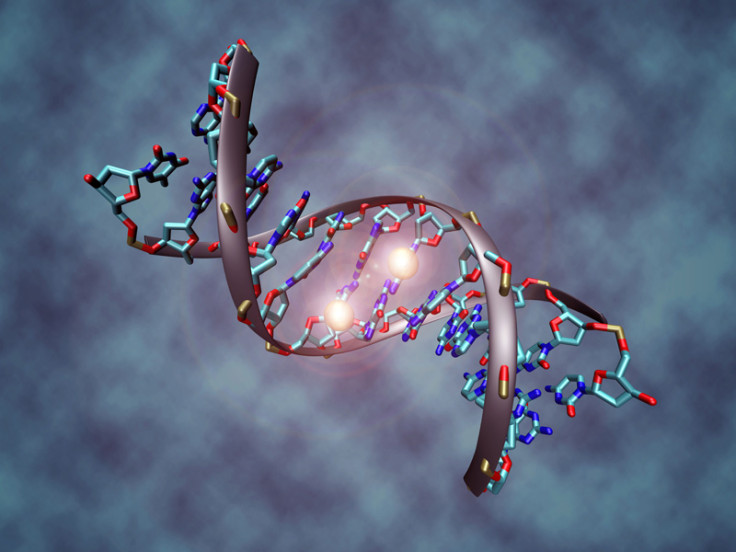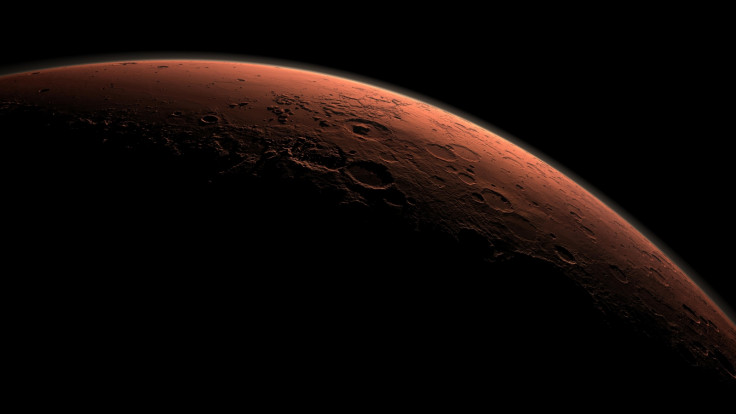Ageing process reversed in mice – and Nasa wants the technology for its Mars mission
Scientists think they have found the mechanism responsible for DNA damage as we age.
Reversing the damages caused to our body by ageing is arguably one of medicine's Holy Grail. Researchers have now come a step closer to reaching this goal, by identifying a compound that could repair DNA damage and and reverse ageing in mice.
These findings have already attracted the attention of Nasa, as the organisation believes they could lead to a treatment to protect astronauts' DNA from radiation.
For years, scientists have been aware that as people get older, they progressively lose their capacity for DNA repair. Their DNA sustains more damage, and this makes it more likely that they will develop diseases like cancer.
However, scientists have so far failed to agree about what causes this decline in our DNA repair abilities. Some researchers have shown that it is possible to reverse the ageing process by reprogramming cells, but have not successfully identified the mechanisms behind ageing.
In the new study published in the journal Science, a team led by David Sinclair from Harvard medical school has highlighted the key role of a molecule known as NAD+, which may be used to reverse ageing and DNA damage.
Separating proteins

Scientists know that a protein called PARP1 is a critical DNA repair protein, but it appears to lose some of its powers as people age. Here, the team has studied another protein known as DBC1, one of the most abundant but also mysterious proteins in mammals.
They have shown that when people become older, DBC1 increasingly starts sticking to PARP1, thereby preventing its action.
Working with old mice (the equivalent of 80 year old humans), the researchers demonstrated that giving them a compound known as NMN could increase concentrations of NAD+. This appeared to break down the interaction between DBC1 and PARP1, restoring youthful levels of DNA repair. DNA damage was also removed.
In another experiment, the scientists discovered that exposing mice to radiation while giving them the NMN treatment protected them from radiation's worse effects and improved their DNA repair capacity. The compound raised NAD+ levels, providing mice with protection against changes in white blood cell counts, lymphocytes, and haemoglobin.
Experiments have yet to be conducted in humans, so it isn't clear whether the results will apply to them. They plan to conduct clinical trials with NMN soon to find out.
"This is the closest we are to a safe and effective anti-ageing drug that's perhaps only three to five years away from being on the market if the trials go well," Sinclair explained.
Nasa's interest in NMN

Nasa has already expressed an interest in NMN's ability to repair DNA damage caused by radiation exposure and ageing. As it prepares for its mission to Mars, the organisation wants to find the best ways to keep its astronauts healthy during their long stays in space.
Even on short missions, astronauts experience accelerated ageing from cosmic radiation and go on to develop many worrying symptoms such as muscle weakness or memory loss. They also have an elevated risk of cancer.
Scientists believe the situation would be far worse for those sent to Mars, as the journey to the red planet is expected to last several months. Their chances of developing cancer would approach 100 per cent. If NMN ended up being approved as an anti-ageing treatment, it would offer astronauts a chance to regain youthful DNA repair and avoid disease.
© Copyright IBTimes 2025. All rights reserved.






















